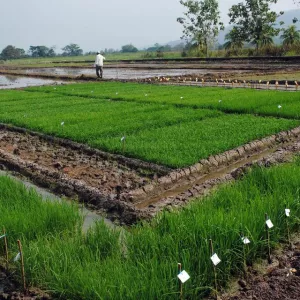How Can AI and Deeper Roots Help Soil to Store more Carbon?
In 2020, global agricultural emissions were equivalent to 16 billion tonnes of carbon dioxide (an increase of 9% since the year 2000), and globally, the 2020 farm gate emission represented nearly half of total agricultural emissions, according to the Food and Agriculture Organization of the United Nations (FAO). In Going deep: Roots, carbon, and analyzing subsoil carbon dynamics – published in

How Can AI and Deeper Roots Help Soil to Store more Carbon?
In 2020, global agricultural emissions were equivalent to 16 billion tonnes of carbon dioxide (an increase of 9% since the year 2000), and globally, the 2020 farm gate emission represented nearly half of total agricultural emissions, according to the Food and Agriculture Organization of the United Nations (FAO).
In Going deep: Roots, carbon, and analyzing subsoil carbon dynamics – published in the international journal Molecular Plant – the authors (led by Angela Fernando from the Alliance of Bioversity International and CIAT) explained how improving soil carbon is a way for farmers to increase food production, achieve global net-zero carbon emissions, and address the impacts of climate change.
“The aim of the article was to summarize all the methods and ideas in one place, so that experts in the field would be able to make the most of them,” says Fernando.

